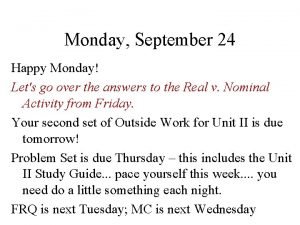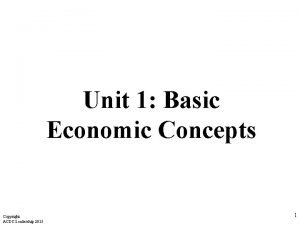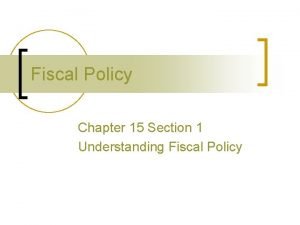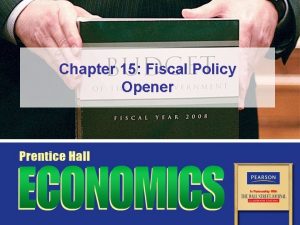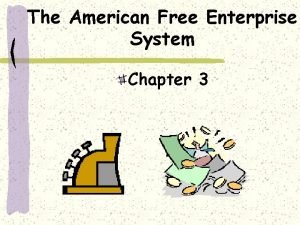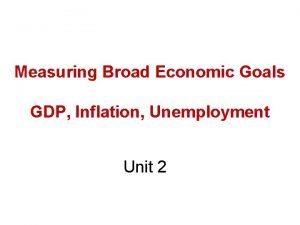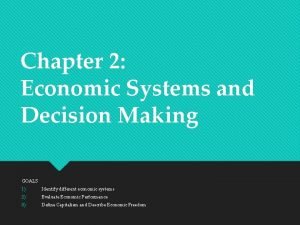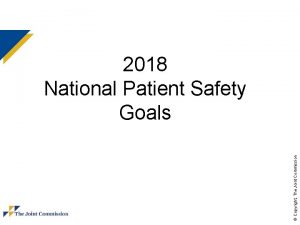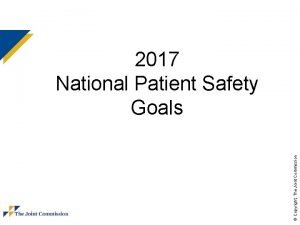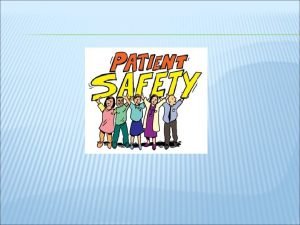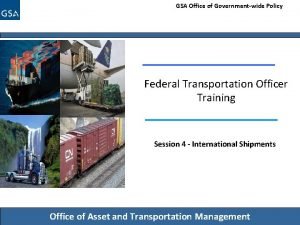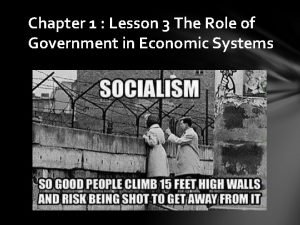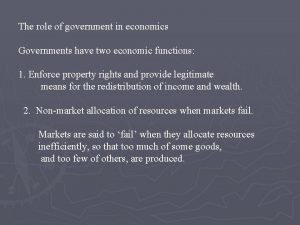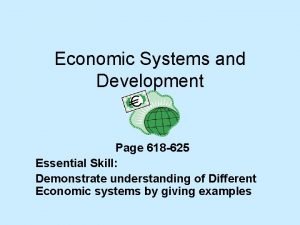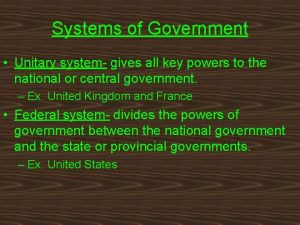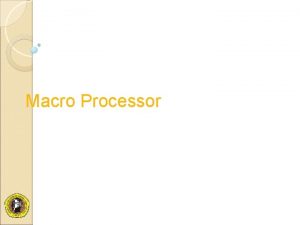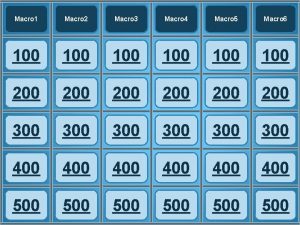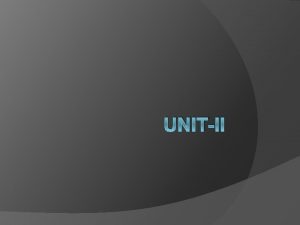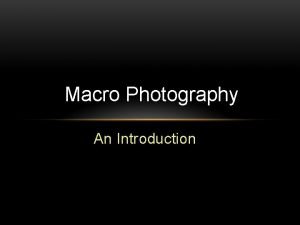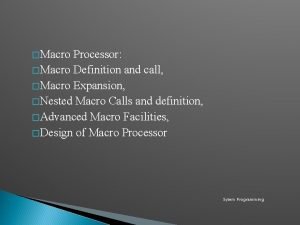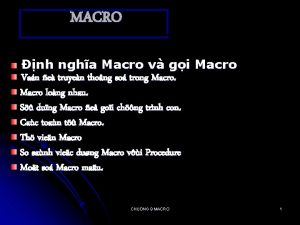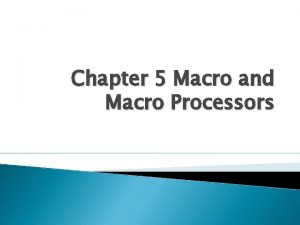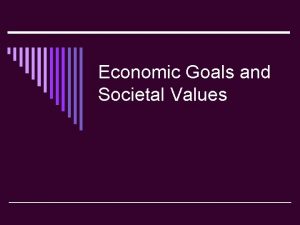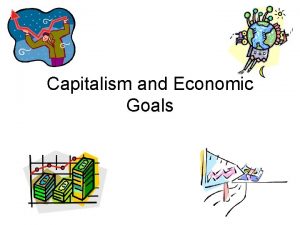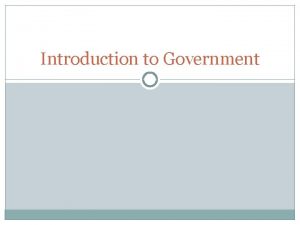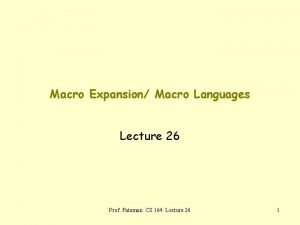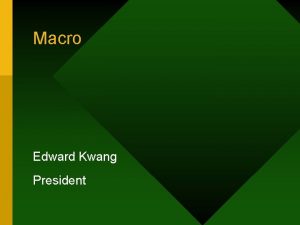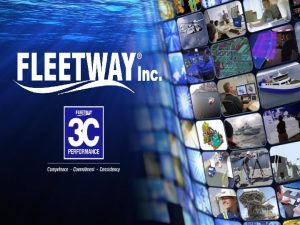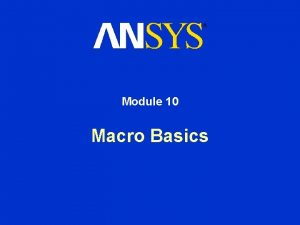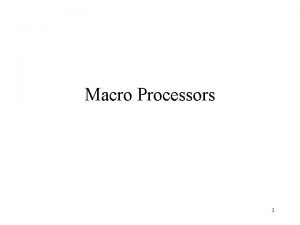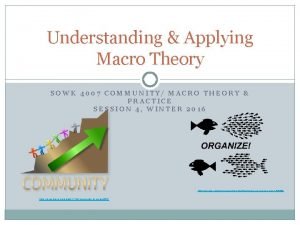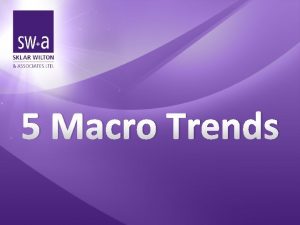MACRO ECONOMIC GOVERNMENT POLICY NATIONAL ECONOMIC POLICY GOALS
























- Slides: 24

MACRO ECONOMIC GOVERNMENT POLICY

NATIONAL ECONOMIC POLICY GOALS l Sustained economic growth as measured by gross domestic product (GDP) l GDP is total amount of goods and services produced in the US each year l Low inflation l Full employment

UNEMPLOYMENT l Measured by the Bureau of Labor Statistics l Definition “members of the labor force who are looking for work, but unable to find jobs. ” l Unemployment rate = % unemployed l Estimate is low - “discouraged workers” not included

INFLATION l Defined as the sustained rise in prices l Measured by the Consumer Price Index (CPI) l Inflation reduces purchasing power of consumers l Comparing real GDP between years means accounting for inflation (GDP deflator)

BUSINESS CYCLE l Periods of GDP growth are called expansions or boom periods l 6 months of falling GDP is called a recession. l Severe GDP drop is depression l Top of the business cycle is peak l Bottom recession called trough

FISCAL POLICY l Government tax and spending policies designed to stimulate or contract GDP l During recession government seeks to use stimulatory fiscal policy l During an expansion and rising prices government seeks to use contractionary fiscal policy

KEYNESIAN ECONOMICS l John Maynard Keynes called for increased government spending and tax cuts during the Great Depression l Keynesian economics focuses on government tax and spending policies

STIMULATORY FISCAL POLICY l Goal is to increase employment and GDP during a recession l increase government spending l Tax cuts also stimulates consumer spending and business investment l Consumption up + Business Investment up + Government up +NX = GDP up

CONTRACTIONARY FISCAL POLICY l Designed to bring inflation down l Government spending decreases l Tax increases

AUTOMATIC STABILIZERS l Unemployment insurance goes up during a recession, therefore consumption is maintained even with unemployment l During a recession taxes decline due to progressive tax policy l During an expansion taxes increase as consumers and businesses generate more income.

GOVERNMENT BORROWING l Keynes believed that during a recession governments should deficit spend to fund programs (not increase taxes) l Governments borrow by selling Treasury bills. l T-bills are purchased by wealthy individuals, businesses, and foreign investors

NATIONAL DEBT l In recent years national debt has increased. l Clinton years government ran a surplus due to tax increases and the dot. com expansion l Bush years government ran a deficit and national debt increased due to tax cuts and financing war in Iraq.

MONETARY POLICY l US government can expand money supply during a recession or contract money supply during an expansion l Money supply is controlled by the Federal Reserve Banks

FEDERAL RESERVE BANK l 14 districts l Federal Reserve chairman - Benjamin Bernanke l Federal Reserve

MONEY SUPPLY l Total amount of money circulating in the economy l Money supply is determined by the federal reserve banks

“LOOSE” MONEY l Federal reserve can expand the money supply during a recession by l 1. Lowering reserve rate required for member banks l 2. Lowering rediscount rate (interest rate charged by the Fed) l 3. Buying Bonds, which puts more money in bond holders hands

“TIGHT” MONEY l Federal Reserve can try to slow down inflation by: l 1. Raising reserve rate l 2. Raising rediscount rate l 3. Selling bonds, which takes money out of the private economy

TIME LAG PROBLEM IN ECONOMIC POLICY l The problem with government economic problem is that each policy takes time to work. l Often by the time the problem is diagnosed and fiscal or monetary policy are in place the economy has changed. l This is called the “time lag” problem.

Taxes l Largest source of government income is individual income taxes l US has progressive income tax structure (wealthier groups pay higher percentage) l Social Security taxes (FICA) are tax on wages l Additional taxes include: corporate taxes, estate taxes, state income tax, sales

Social Security l Passed during Depression to create a pension for all Americans l 6. 2 % of income l Not a fund, current workers pay for retiring workers l Ratio of retiress to workers rising, therefore long term not enough to cover retirees

Solutions to Social Security l Increase social security tax l Get rid of income cap on taxes l Increase age of beneficiaries l Privatize social security to make IRA l Increase immigration to increase percentage of current workers to retirees

World trade l US imports 14% of GDP l Exports 12% of GDP l Last several years, US running large trade deficits (value of imports higher than exports) l Some Americans suggesting tariffs (taxes on foreign goods) or quotas on foreign goods to reduce imports.

Free Trade versus Protectionism l Free Trade advocates say US benefits from lower prices on foreign goods and the ability to export US products to foreign countries l Protectionists argue US not being treated fairly in foreign markets and are losing important jobs at home to foreign competition.

Globalization and Trade Organizations l World Trade Organization (WTO) - 140 member countries monitors and negotiates trade disputes l North American Free Trade Organization (Canada, US and Mexico) l European Union (EU)
 Strategic goals tactical goals operational goals
Strategic goals tactical goals operational goals Strategic goals tactical goals operational goals
Strategic goals tactical goals operational goals State and federal constitutions
State and federal constitutions Econmovies episode 5 worksheet answers
Econmovies episode 5 worksheet answers Define macro processor
Define macro processor General goals and specific goals
General goals and specific goals Motivation in consumer behaviour
Motivation in consumer behaviour Ap macro unit 1 basic economic concepts
Ap macro unit 1 basic economic concepts Goals of fiscal policy
Goals of fiscal policy Goals of fiscal policy
Goals of fiscal policy Government's role in a modified free enterprise economy
Government's role in a modified free enterprise economy Measuring broad economic goals
Measuring broad economic goals Goals of an economic system
Goals of an economic system National patient safety goals 2012
National patient safety goals 2012 National patient safety goals 2016
National patient safety goals 2016 Q2 national patient safety goals
Q2 national patient safety goals National patient safety goals 2017
National patient safety goals 2017 2013 hospital national patient safety goals
2013 hospital national patient safety goals 2018 national patient safety goals
2018 national patient safety goals Office of government wide policy
Office of government wide policy Andrew youngson
Andrew youngson Lesson 3 the role of government in economic systems
Lesson 3 the role of government in economic systems Economic role of government
Economic role of government Role of government in economic development
Role of government in economic development A unitary system of government gives all key powers to the
A unitary system of government gives all key powers to the



